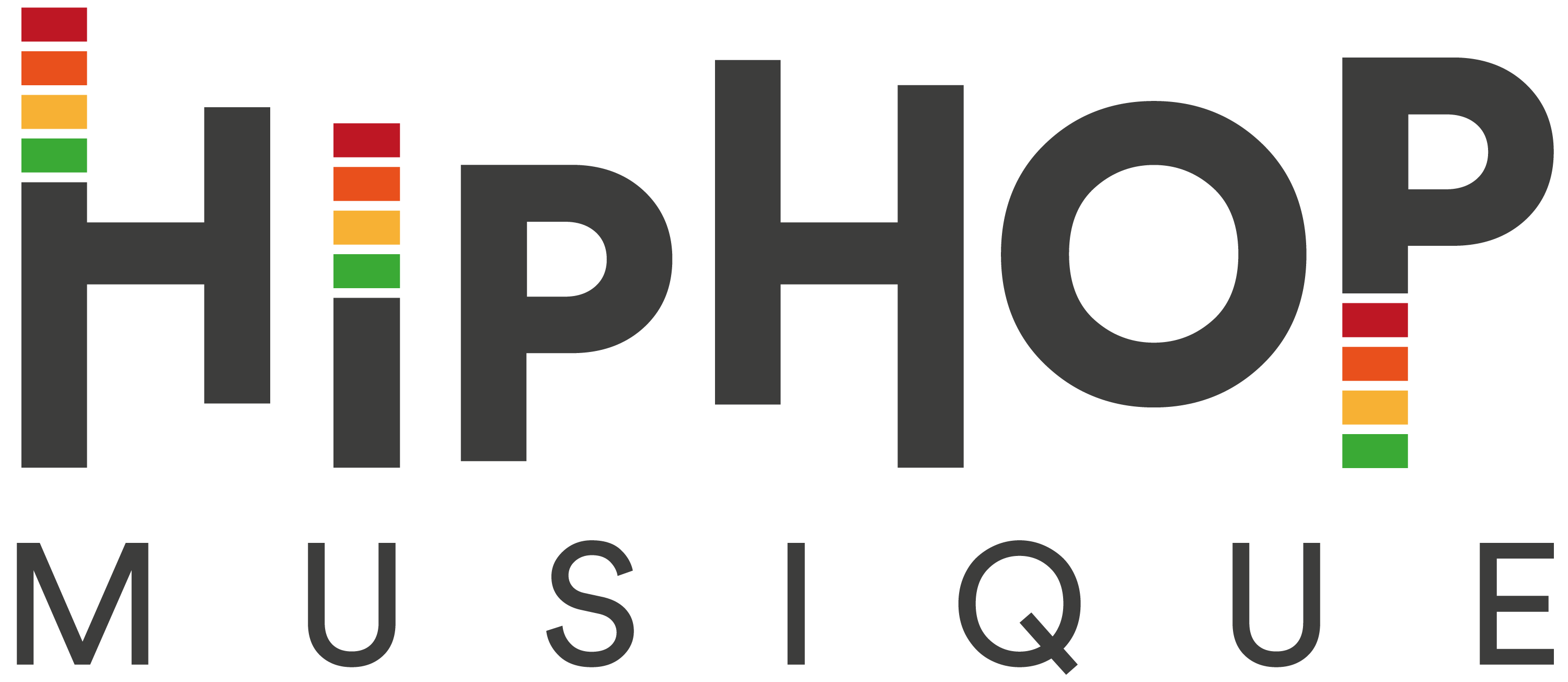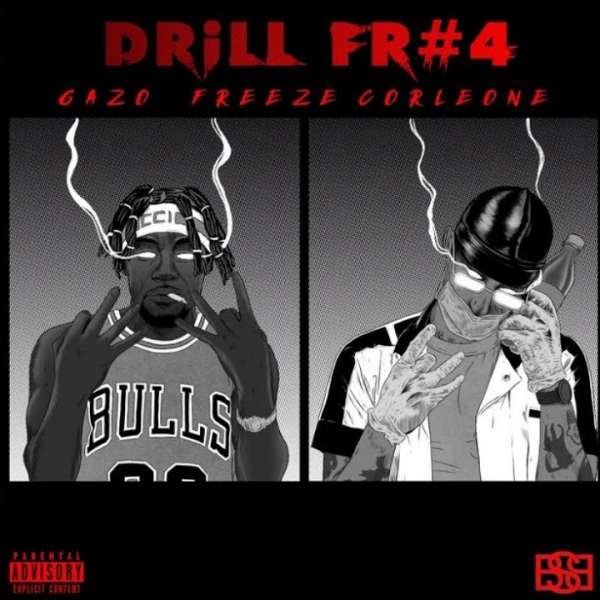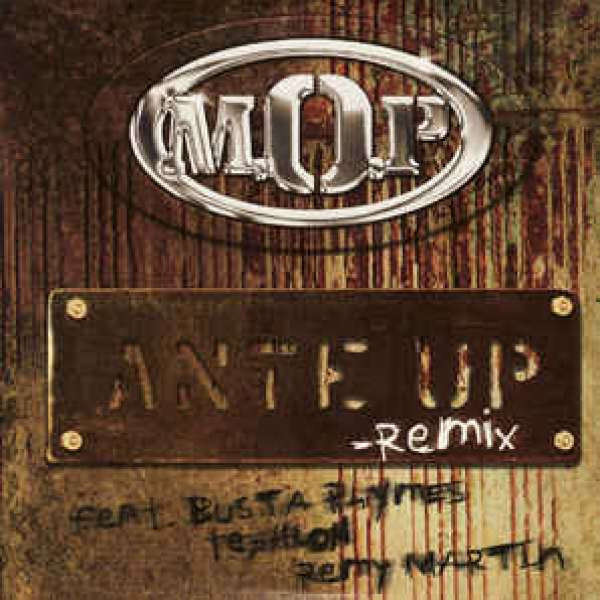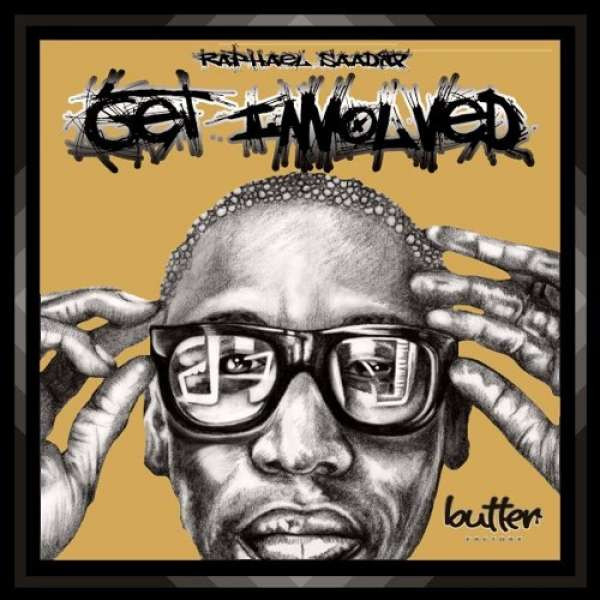トラックが見つかりません
- 男
- ソーシャルリンク
- 彼がいた
-
Trenbolone Vs Dianabol: Comparing Benefits, Risks, And Results
**Trenbolone (Tren) – General Overview**
Trenbolone is an anabolic‑androgenic steroid originally developed for veterinary use, most notably to increase muscle mass and feed efficiency in livestock. It is not approved for human consumption; however, some athletes illicitly employ it for its powerful anabolic effects. Tren’s chemical structure gives it a high affinity for the androgen receptor, leading to rapid protein synthesis, nitrogen retention, and glycogen deposition—key factors that drive muscle growth.
Because of its potency, tren can produce significant physiological stress: users often report increased appetite, changes in body composition (higher lean mass with minimal fat gain), and altered metabolism. Side effects may include liver strain, cardiovascular strain, hormonal disruptions, and psychological impacts such as aggression or mood swings. Long-term use risks include irreversible endocrine dysfunctions and potential organ toxicity.
---
### 2. How to **Buy Tren** (The Practical Steps)
| Step | What Happens | Key Tips |
|------|--------------|----------|
| **1. Clarify the product type** | Choose whether you want *trenbolone acetate* or *trenbolone enanthate*; the former is short-acting (2–4 h), the latter lasts ~7 days. | For quick results, use acetate. |
| **2. Find a reliable source** | Search "online tren sales" or "trends for buying tren" in forums like Reddit’s r/AskReddit, r/trend. | Look for sellers with >1000 positive reviews and secure payment options (PayPal, crypto). |
| **3. Check the dosage** | Typical starting dose: 200–300 mg/week; adjust after 4–6 weeks. | Avoid exceeding 400 mg/week to reduce liver strain. |
| **4. Verify product safety** | Ensure it’s labeled "liver-friendly" or "non-carcinogenic." | Consider using a reputable brand like "TrenPro" which uses a safe formulation. |
| **5. Prepare for side effects** | Use liver support supplements (milk thistle, N-acetylcysteine). | Monitor blood pressure; use a compression sleeve to prevent swelling. |
---
## 4. Practical Tips for Getting the Most Out of Your Tren Experience
### 4.1 Set Realistic Goals
- **Short-Term:** Improve strength and muscle size within 6–8 weeks.
- **Long-Term:** Maintain gains while cycling off after each phase.
### 4.2 Track Progress
- Use a spreadsheet to log weights, reps, body measurements, and how you feel daily.
- Adjust dosage or training intensity based on trends (e.g., plateauing strength).
### 4.3 Manage Side Effects Early
- **If you notice swelling** in your calves or ankles, reduce the dose slightly or take a short break.
- **If headaches arise**, consider taking magnesium supplements or reducing dose.
### 4.4 Post-Cycle Recovery
- After each phase, give yourself at least one week of rest before starting a new cycle.
- Use this time to focus on diet, sleep, and gentle mobility work.
---
## Frequently Asked Questions
| Question | Answer |
|----------|--------|
| **Can I use testosterone or other anabolic steroids with Trenbolone?** | Combining Trenbolone with other steroids can increase side‑effect risk. If you choose to do so, consult a healthcare professional. |
| **What if I experience acne or oily skin?** | This is a common issue. Use non‑comedogenic skincare products and consider oral antihistamines if itching occurs. |
| **How long does Trenbolone stay in my system?** | While the drug itself has a short half‑life, its metabolites can linger for days to weeks. Follow up with a medical professional for clearance. |
| **Do I need to do a "post cycle therapy" (PCT)?** | Yes—after stopping Tren, you’ll likely need hormonal support such as OCPs or other agents to restore natural hormone production. |
---
## 4️⃣ Practical Tips for Maximizing Gains and Minimizing Risks
1. **Start with Low Doses:** If you’re new to Tren, start with the lowest dose that still provides noticeable effects (e.g., 30 mg/day). Increase gradually based on tolerance.
2. **Cycle Length:** Most users cycle for 4–6 weeks; longer cycles increase risk of side‑effects without proportionally better results.
3. **Avoid Combining With Other Stimulants or Steroids:** This can amplify cardiovascular strain and hormonal imbalance.
4. **Hydration & Electrolytes:** Adequate fluid intake helps mitigate potential blood pressure fluctuations.
5. **Track Blood Pressure Regularly:** At home or in a clinic, especially if you have pre‑existing hypertension.
6. **Post‑Cycle Recovery (NAD+):** Consider natural NAD⁺ boosters like niacinamide riboside to support mitochondrial function during recovery.
---
## 4. Practical Recommendations for Use
| **Factor** | **Recommendation** |
|------------|---------------------|
| **Dosage** | Start with the lowest effective dose:
• **5–10 mg per day** (monotherapy).
• If combined with stimulants, keep total daily dose ≤ 15 mg. |
| **Timing** | Take in the morning or early afternoon to avoid insomnia; align with stimulant schedule if used concurrently. |
| **Duration** | Short courses: 4–8 weeks. For chronic conditions, evaluate after each cycle and consider breaks of ≥2–4 weeks between cycles. |
| **Monitoring** | Baseline blood pressure & heart rate. Reassess after 2–4 weeks and at the end of treatment.
• Watch for insomnia, jitteriness, tachycardia, hypertension. |
| **Contraindications** | Not recommended if you have uncontrolled hypertension, tachyarrhythmias, or are taking other stimulants (e.g., amphetamines) without medical supervision. |
| **Drug Interactions** | May potentiate the sympathomimetic effect of medications such as decongestants (pseudoephedrine), SSRIs, MAO inhibitors (rare). |
| **Special Populations** | Use with caution in pregnancy and lactation; data are limited. |
| **When to Seek Medical Attention** | Severe chest pain, shortness of breath, fainting, or sustained high blood pressure (>180/110) should prompt immediate medical care. |
---
## 6. Practical Take‑Away: Managing Energy Levels Safely
| Strategy | How It Works | Why It Helps |
|----------|--------------|--------------|
| **Prioritize Sleep** | Aim for 7–9 hours of consolidated sleep per night. | Adequate sleep restores glycogen stores, reduces cortisol, and improves mental focus. |
| **Strategic Naps (20‑30 min)** | Short naps reset alertness without causing sleep inertia. | Provides a quick "refresh" that mimics the energizing effect of caffeine but with minimal crash risk. |
| **Balanced Nutrition** | Consume protein + complex carbs at meals; hydrate consistently. | Maintains steady blood glucose and amino acid availability for neurotransmitter synthesis. |
| **Regular Light Exercise** | 15‑20 min brisk walk or light stretching. | Enhances blood flow, endorphin release, and reduces cortisol. |
| **Mindful Caffeine Use** | Limit caffeine to morning hours; avoid >400 mg/day. | Prevents tolerance buildup, maintains sensitivity for when needed. |
---
### Practical Takeaway
- **Caffeine’s "boost" is largely a *distraction* from the brain’s own fatigue signals.** Once you stop using it, your body will feel tired again until it naturally recovers.
- **If you’re chronically sleep‑deprived, caffeine can mask symptoms but won’t replace adequate sleep.** Overreliance may lead to a cycle of increased tolerance and higher consumption without real benefit.
- **For short‑term alertness (e.g., during an exam or late‑night study), a moderate dose (~100 mg) will likely help.** Beyond that, you’re more likely to feel jittery, anxious, or experience post‑caffeine crash.
---
## Bottom Line
Caffeine does provide temporary cognitive benefits and can increase alertness in sleep‑deprived individuals. However, its effect is modest compared to the restorative power of actual sleep, and repeated high consumption leads to tolerance that diminishes its efficacy over time. If you’re a student who occasionally struggles with late nights or early mornings, using caffeine strategically (moderate dose, not too close to bedtime) can help keep you functional. But it shouldn’t replace a healthy sleep schedule—long‑term success depends on consistent, adequate rest more than any amount of coffee or energy drink.
**Practical Tip for Students:**
- **Morning Boost:** 1–2 cups of coffee/tea (≈200 mg caffeine).
- **Afternoon Alertness:** Small energy drink if needed, but avoid after 3 pm.
- **Sleep Hygiene:** Keep caffeine out of your system at least 6–8 hours before bedtime.
Good luck balancing study and sleep! - https://gitea.ideaopen.cn/sherlyncheney7











